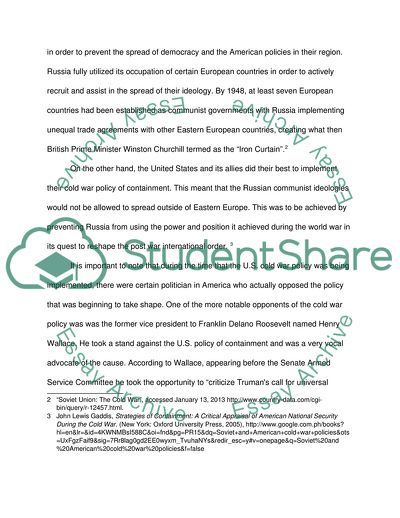Cite this document
(The Soviet and American Cold War Policies - the Strong Anti-Communist Term Paper - 1, n.d.)
The Soviet and American Cold War Policies - the Strong Anti-Communist Term Paper - 1. https://studentshare.org/history/1792075-soviet-and-american-cold-war-polices
The Soviet and American Cold War Policies - the Strong Anti-Communist Term Paper - 1. https://studentshare.org/history/1792075-soviet-and-american-cold-war-polices
(The Soviet and American Cold War Policies - the Strong Anti-Communist Term Paper - 1)
The Soviet and American Cold War Policies - the Strong Anti-Communist Term Paper - 1. https://studentshare.org/history/1792075-soviet-and-american-cold-war-polices.
The Soviet and American Cold War Policies - the Strong Anti-Communist Term Paper - 1. https://studentshare.org/history/1792075-soviet-and-american-cold-war-polices.
“The Soviet and American Cold War Policies - the Strong Anti-Communist Term Paper - 1”. https://studentshare.org/history/1792075-soviet-and-american-cold-war-polices.


